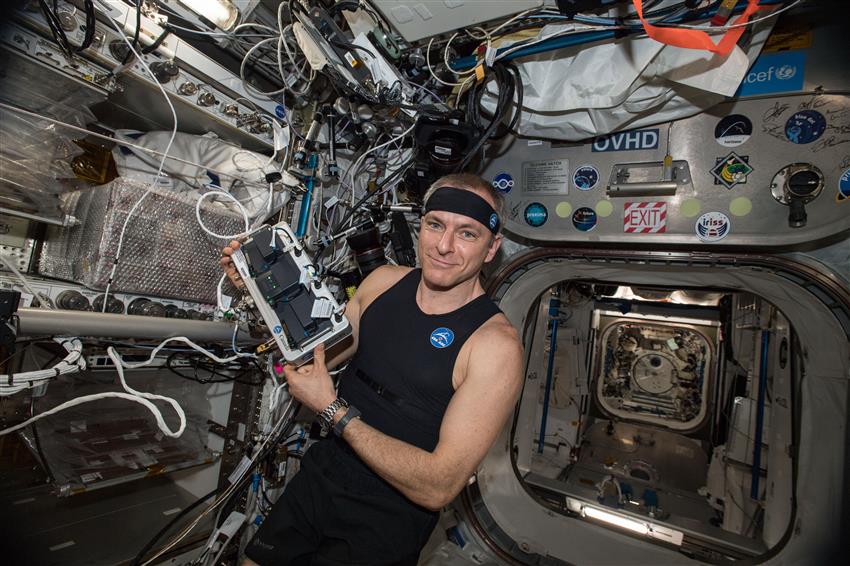Top of page
NASA‘s SpaceX Crew-10 mission is scheduled to launch tomorrow, , from Kennedy Space Center in Florida. SpaceX’s Crew Dragon spacecraft will lift off atop a Falcon 9 rocket and is expected to dock to the International Space Station (ISS) the .
Crew Dragon will carry NASA astronauts Anne McClain as commander and Nichole Ayers as pilot, along with Japan Aerospace Exploration Agency astronaut Takuya Onishi, and Roscosmos cosmonaut Kirill Peskov to the ISS for an approximate five-month science mission.
The crewed vessel will also deliver materials for Canadian experiments Vascular Calcium and Space Health, which includes headbands and wearables for the Bio-Monitor, a Canadian innovative all-in-one wearable technology designed to fit into an astronaut’s daily routine and measure physiological data.
Vascular Calcium looks at whether spending one year in space:
- increases arterial stiffness and insulin resistance compared to six-month space flights
- causes calcium loss in bones and accumulation in arteries
The study also aims to determine if changes in physical activity and fitness affect insulin resistance. The goal is to understand the potential risks to cardiovascular and bone health from extended space travel.
Vascular Calcium is one of the two Canadian Space Agency (CSA) studies part of NASA‘s CIPHER program (Complement of Integrated Protocols for Human Exploration Research), which examines the health effects of short, six-month, and one-year space missions. TBone2 is also part of the program, focusing on changes in astronauts’ bone health caused by the time they spend in space. The first TBone study confirmed that in microgravity, an astronaut’s skeleton seems to age rapidly, with a six-month space mission causing bone loss equivalent to almost 20 years on Earth.
The Space Health study aims to assess how astronauts’ cardiovascular systems function aboard the ISS, utilizing the Bio-Monitor to gather data.

In , CSA astronaut David Saint-Jacques tried the Bio-Monitor, a Canadian technology, for the first time in space. The innovative smart shirt system is designed to measure and record astronauts’ vital signs. (Credit: CSA/NASA)
Based on this data, researchers then use an artificial intelligence (AI) platform called Artemis to generate health insights. The team behind Artemis aims to improve astronaut health while also testing and refining the platform to benefit health on Earth. Artemis was first used in neonatal care to monitor premature infants and has since been used to track the health of firefighters, tactical officers, and military personnel in extreme environments.
Live coverage of the launch will be available on NASA+ on .
Explore further
- Date modified: